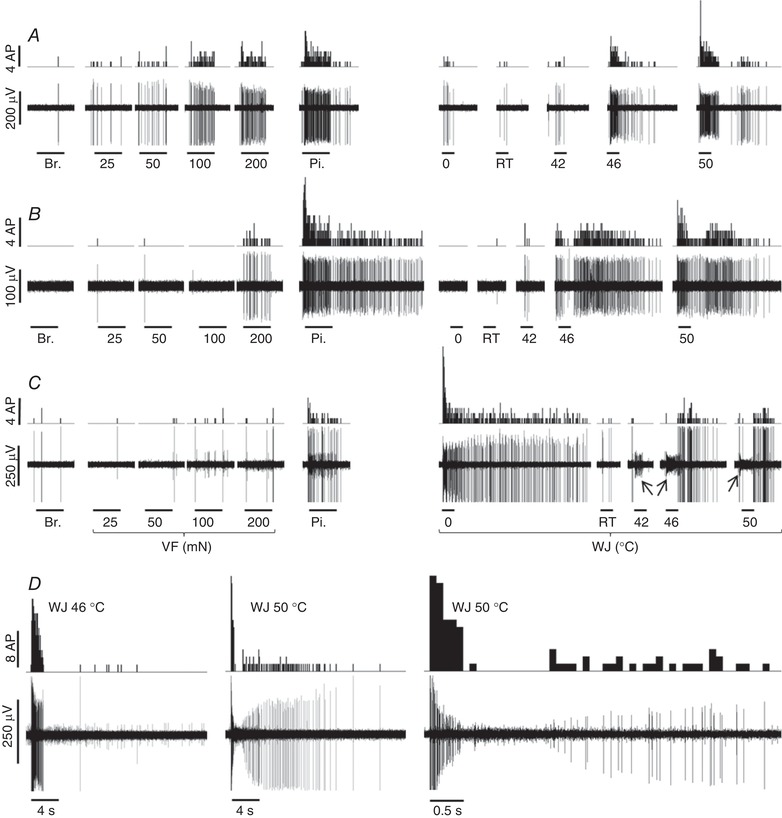Figure 3. Recordings of neuronal responses to mechanical and thermal stimuli.

A and B, recordings of wide dynamic range and nociceptive‐specific lamina I SPB neurons, respectively. The wide dynamic range neuron in A responds to non‐noxious and noxious mechanical and thermal stimuli with increasing intensity. The nociceptive‐specific neuron in B responds exclusively to noxious mechanical stimuli (VF at 200 mN and pinch; note the prolonged response after the pinch), and to noxious heat stimuli. C, single unit characterized by a fast and prolonged response to WJ at 0°C. The response to pinch was much less pronounced. Responses to WJ at 42, 46 and 50°C appeared with delay; note in comparison the immediate response of the unit giving rise to a low amplitude signal (indicated by the arrow) during the application of WJ at 42, 46 and 50°C (the amplitude of the AP dropped during the latter application). The unit in C is considered a polymodal unit with preferential response to cold (cold preferential). The number of APs is quantified per 0.1 s bin in the peristimulus histogram. The horizontal lines below the electrical recordings correspond to 6 s for the mechanical stimulations, 3 s for the thermal stimulations for A, B and C. D, the response of a nociceptive‐specific lamina I SPB neuron to WJ at 46 and 50°C (the recording on the right corresponds to the middle recording at an expanded scale). It illustrates the decrease in amplitude of the AP during the firing at high frequency induced by WJ at 50°C. Br.: brush; Pi.: pinch; RT, room temperature; VF, von Frey; WJ, water jet.
